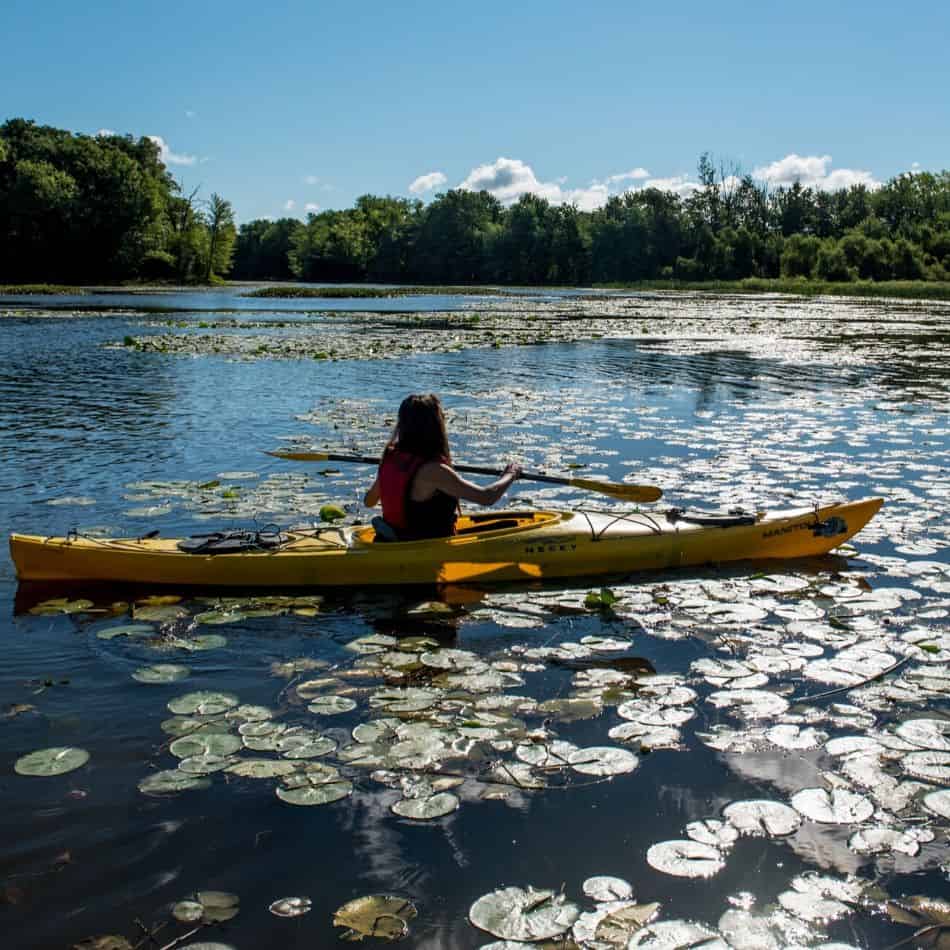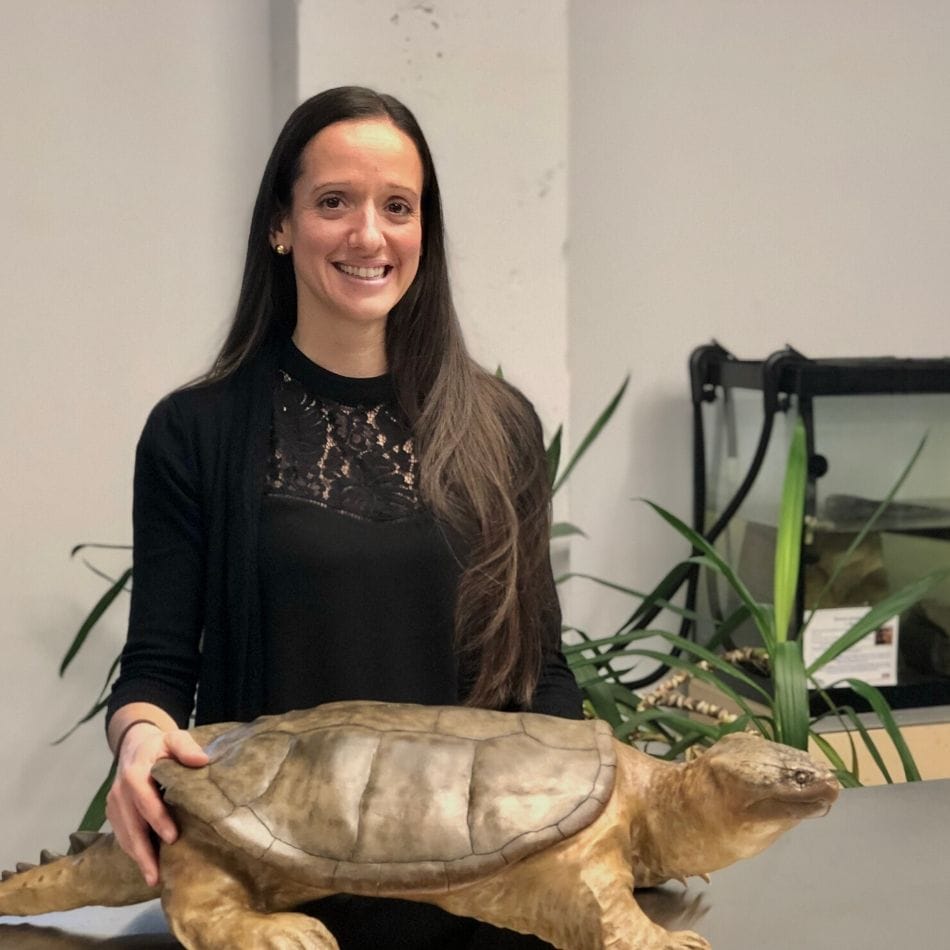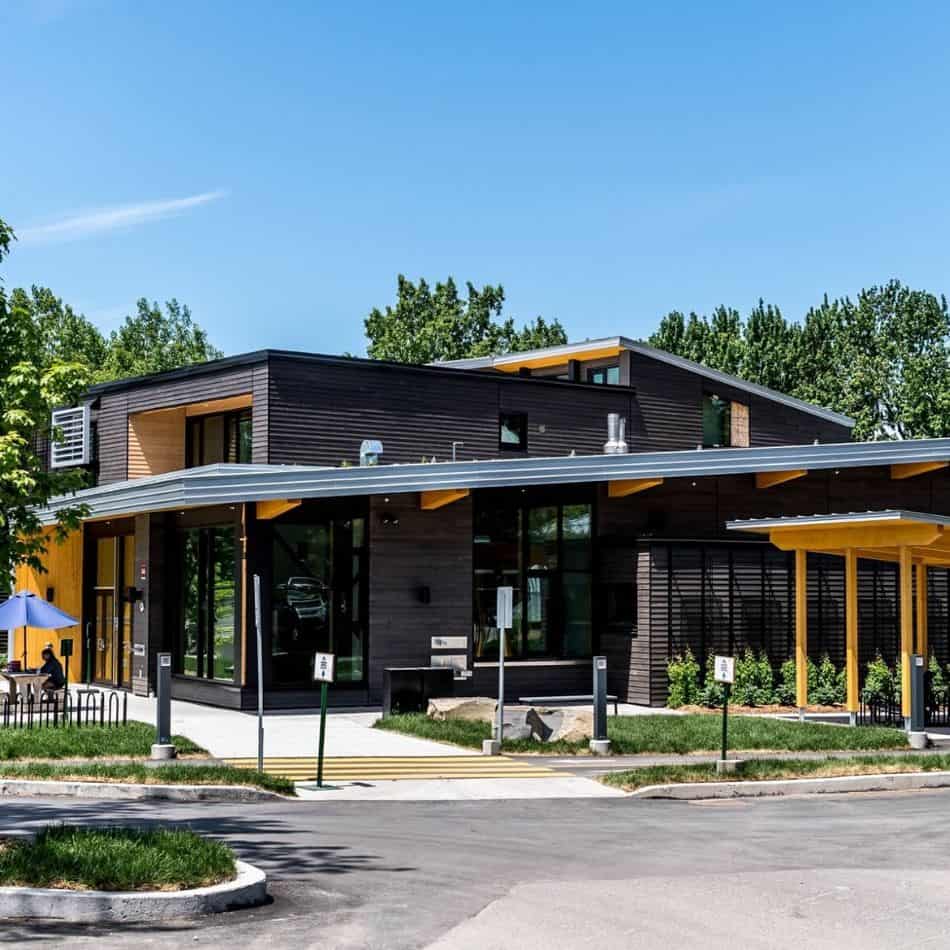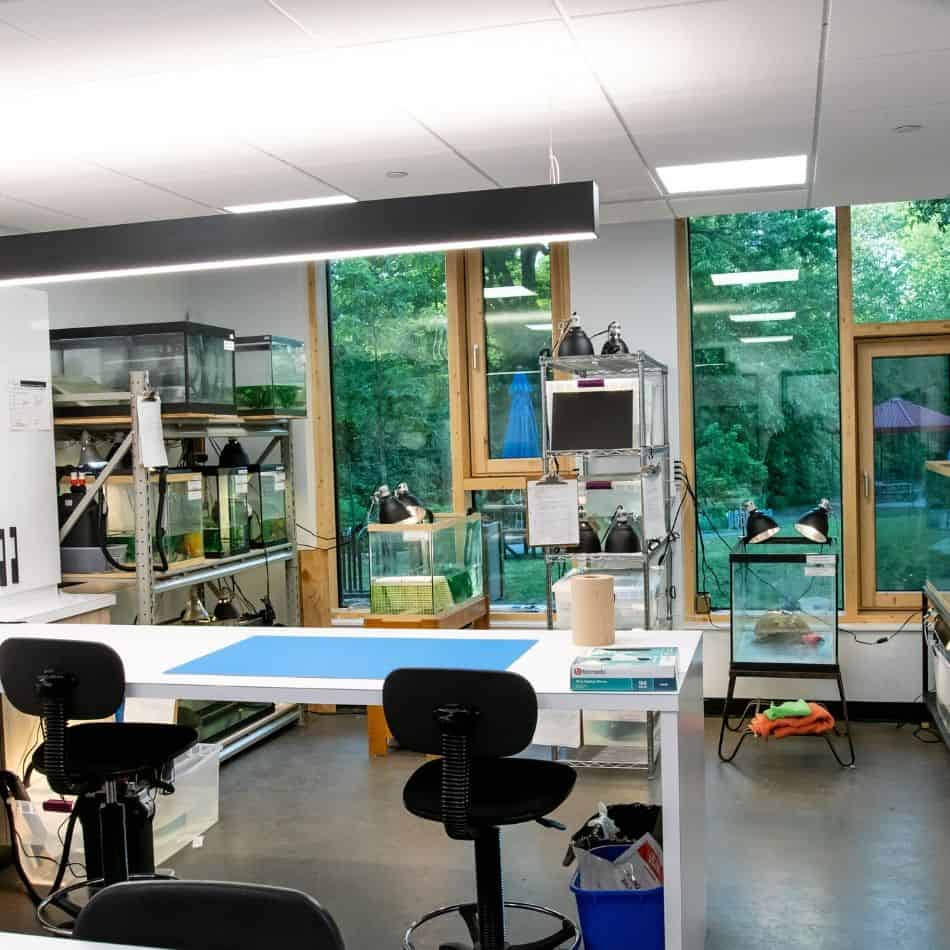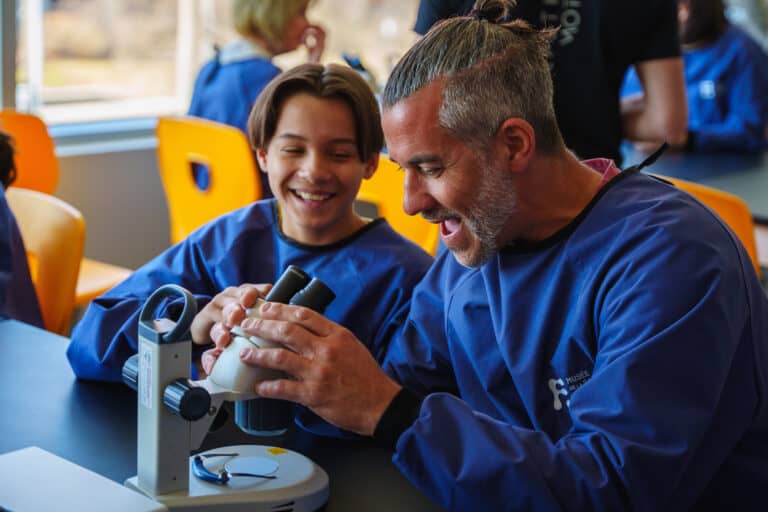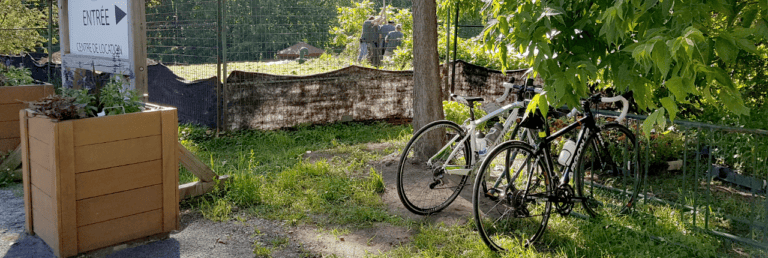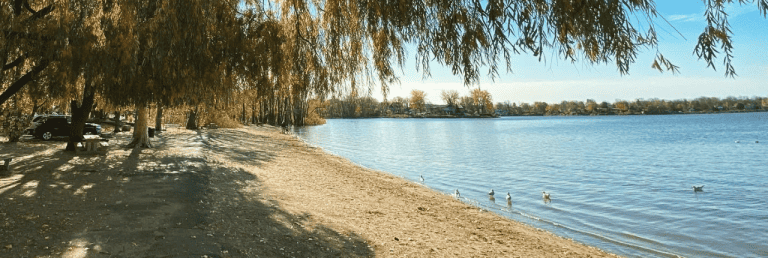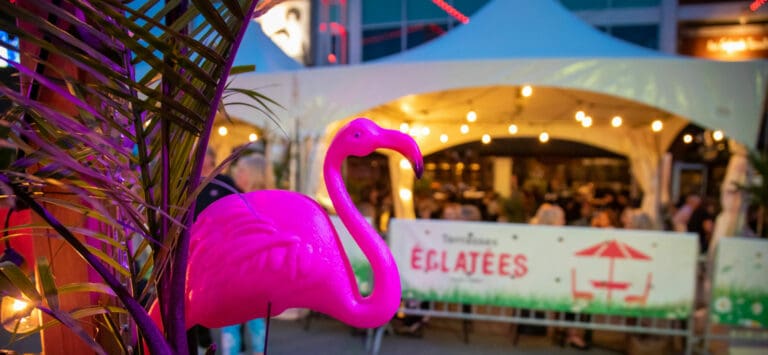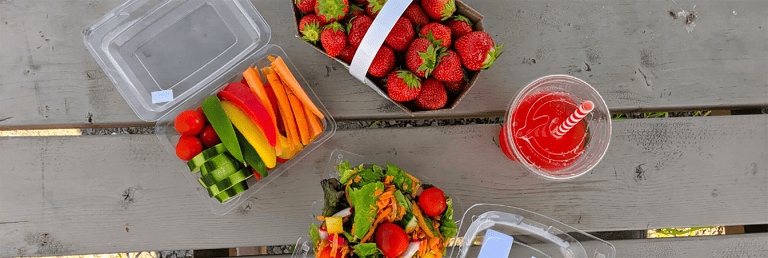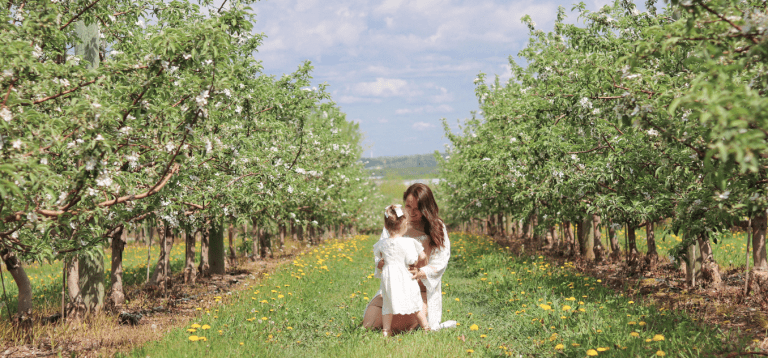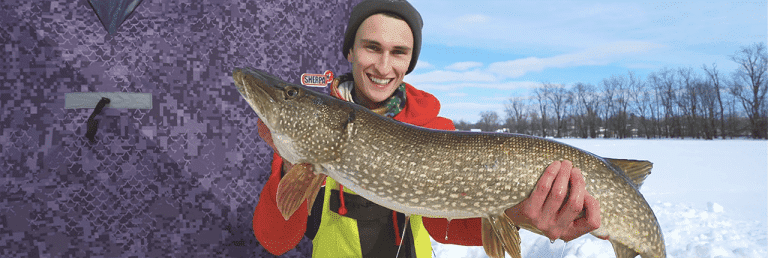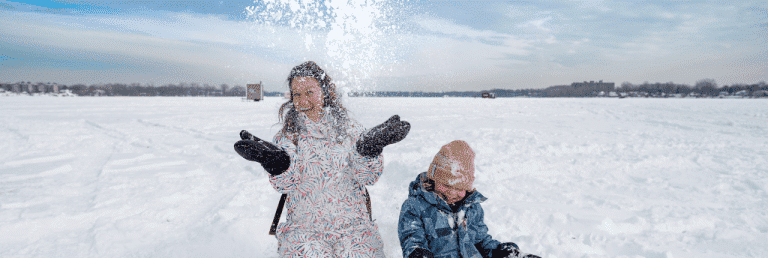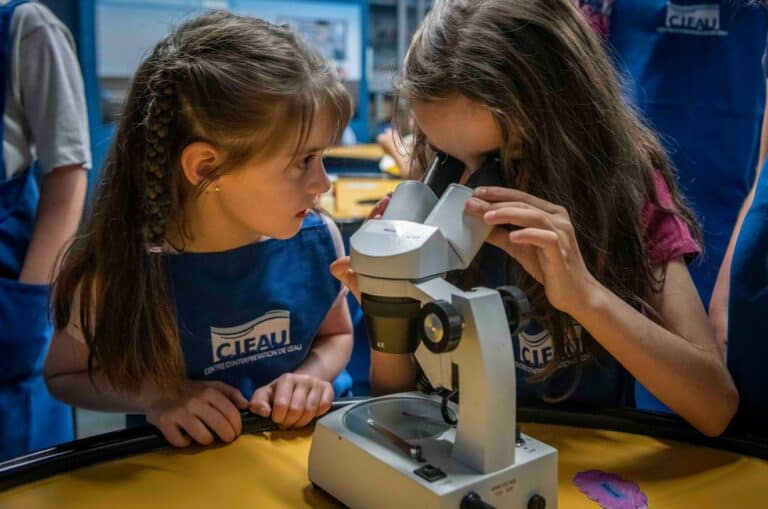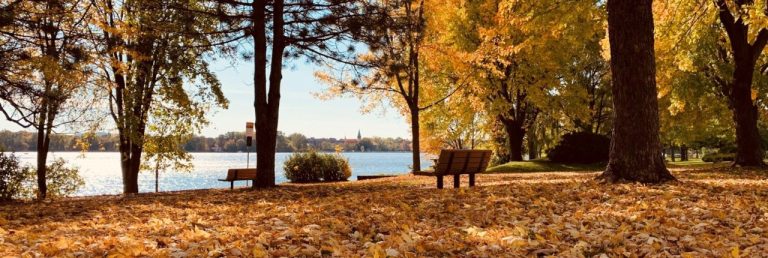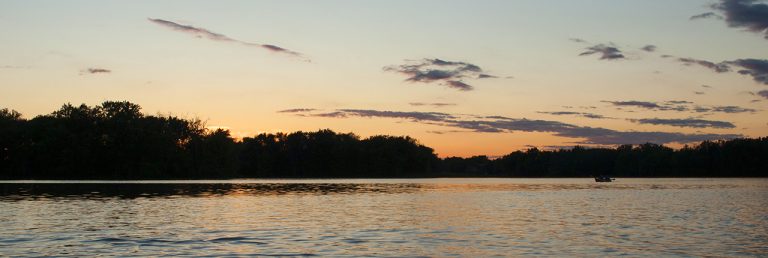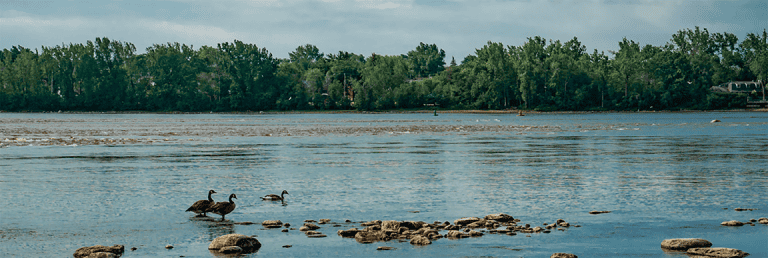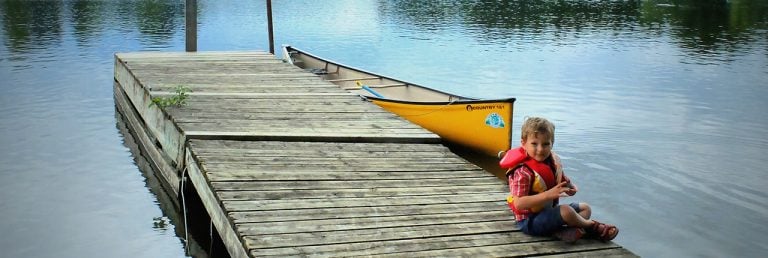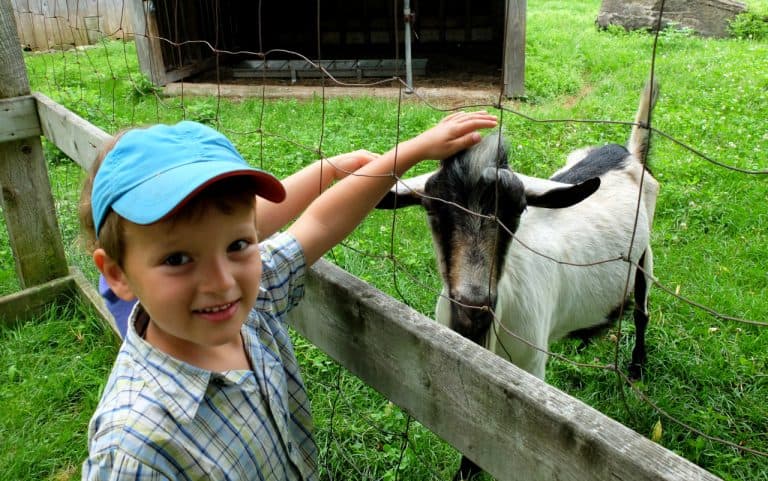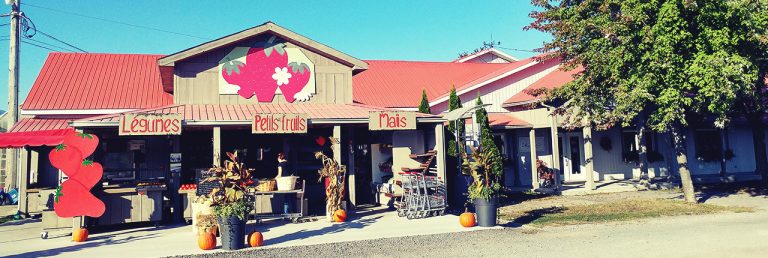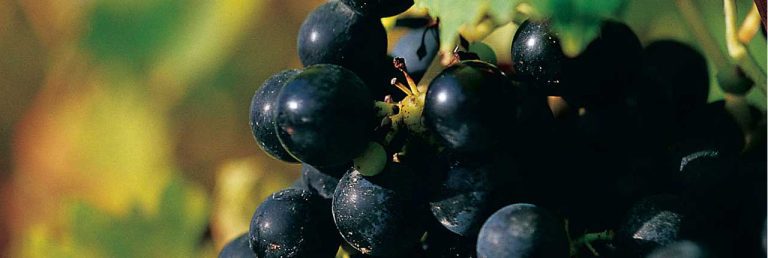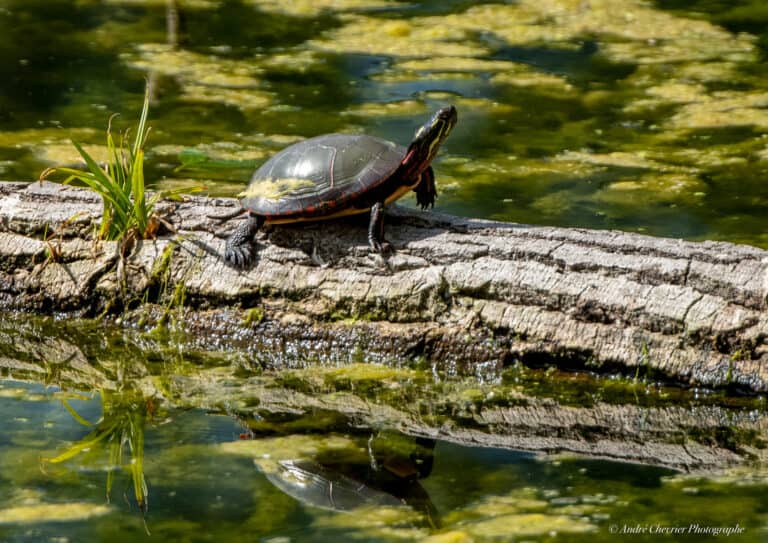
An oasis of biodiversity just a stone's throw from the city...
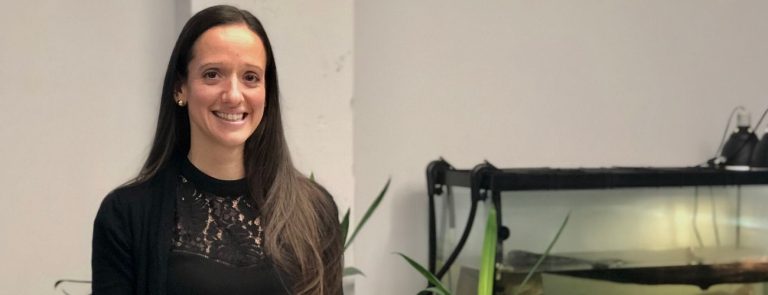
A brief history
by Tourisme Laval
Discover Laval's attractions.
Let yourself be seduced by their stories and discover their hidden treasures.
Parc de la Rivière-des-Mille-Îles is much more than just the largest non-motorized boat rental center in Quebec. In fact, it's 42 km of river lined with banks, marshes, swamps and islands. It's an oasis of nature in the heart of the city, and a wildlife refuge for many birds, turtles and other animals, not to mention a museum institution.
It's also a team that oversees the protection, conservation and enhancement of the Rivière des Mille Îles, making it accessible to the community. Led by Anaïs Boutin, Director, Protection and Conservation, the team of biologists and technicians works, among other things, to conserve and restore riverbanks and natural environments, rehabilitate injured turtles, inventory species at risk and raise public awareness. "The Park's primary mission is often overlooked, as people are more familiar with the activities offered here, such as canoeing, kayaking and rabaska boating, cruising, fishing and ice fishing, summer and winter hiking, and so on. However, to carry out these activities safely and sustainably, we need to ensure the health of the river, its banks and its flora and fauna," says Anaïs Boutin.
A passion that goes back a long way
"I've always loved animals. When I was little, I had a fascination for salamanders... and I still do! During my studies for a bachelor's degree in wildlife management, I had the chance to take part in an internship in France at the Station d'Observation et de Protection des Tortues et de leurs Milieux (SOPTOM), and it was then that I fell in love with this profession. I went on to complete my Master's degree, and my research topic was the mountain dusky salamander, a species found only in Montérégie and Ontario. I'm so passionate about it that I'm now president of the Ontario Dusky Salamander Recovery Team and coordinator of the Quebec Dusky Salamander Recovery Team," says Anaïs proudly.
Involved, aware citizens
Today, Anaïs works on the recovery of species at risk in the Parc de la Rivière-des-Mille-Îles, specifically amphibians and reptiles. "When I arrived at the Park 11 years ago, there were 48 species at risk. Today, there are 92, and unfortunately, that number is set to continue rising," says the Director of Protection and Conservation. In December 2010, Anaïs' team set up the Réseau d'observation des tortues de la rivière des Mille Îles (Mille Îles River turtle observation network) to identify vulnerable species, particularly turtles, and ensure their recovery. "Thanks to the collaboration of citizens and riverside property owners, we are now able to identify turtle nesting sites and track them, which makes our work much easier. Citizens become our eyes and ears. They send us photos, note down important data - in short, they're real budding scientists," explains Anaïs.
The Park also organizes a number of clean-up operations with local residents and businesses. It's a good way of raising awareness and reminding people that by taking part in any of the park's activities, you're contributing to its mission.
The Centre d'exploration, a meeting place for recreation, tourism and education
To further its mission, the Parc de la Rivière-des-Mille-Îles has inaugurated, in spring 2019, its Exploration Center. This building offers visitors the chance to discover the river in three concrete ways from a single site: a museum space (where the history of the Rivière des Mille Îles is presented via the Incroyable, mais vrai! exhibition), an ecology laboratory (where several living species are presented) and direct access to the territory for both summer and winter outdoor activities.
The Exploration Center's ecology laboratory also includes a major rehabilitation component. "This is a great source of pride for us. It's the first turtle rehabilitation center in Quebec. Injured turtles are brought here, cared for and rehabilitated before being released back into the wild. In fact, of the 66 turtle specimens admitted to date, 84% have been released back into the wild," points out Anaïs.
What's more, visitors can visit the ecology laboratory and meet the biologists to learn more about the actions taken to protect these species at risk, as well as the best practices to adopt to contribute to the conservation of this natural environment. "It's important for us to make visitors aware of the many conservation issues and threats affecting the river's species at risk. It's part of our job and our mission," concludes the biologist.
Did you know that?
- 130,000 people visited the Park in 2018 and 32,000 boats were rented
- The Incroyable, but true! permanent exhibition features one of the largest collections of naturalized animals in Quebec.
- Two-thirds of Quebec's vertebrate fauna can be observed at Parc de la Rivière-des-Mille-Îles
- There are 92 endangered plant and animal species in the Park's territory.
- Visitors' favourite activity: a ride on the water
- When she was younger, Anaïs Boutin was destined for a career as a circus acrobat.
- In 1998, the Quebec government granted Refuge faunique status to ten of the Park's islands, corresponding to 26 hectares of land. The team is currently working to add a further 500 hectares.
- Léo, a snapping turtle, was picked up by the Park on August 24, 2018 for a long convalescence due to major injuries. After several months of care, Léo was finally discharged and returned to the wild on August 7, 2019.

